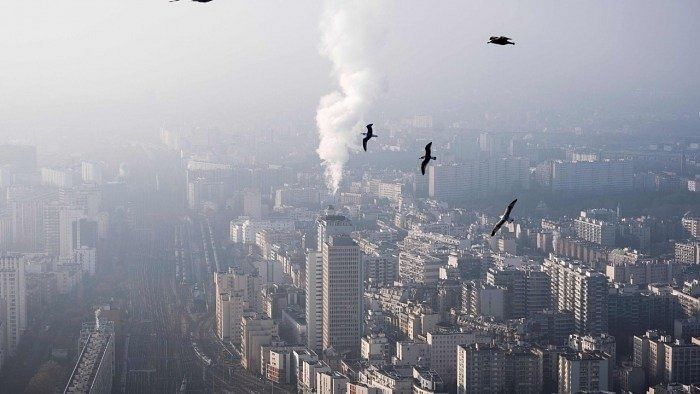
India on Monday asked rich countries to undertake immediate and deep emission cuts in order to decarbonise their economies to minimise the impacts of global warming.
“Developed countries have usurped far more than their fair share of the global carbon budget. Reaching net zero alone is not enough, as it is the cumulative emissions up to net zero that determine the temperature that is reached. This has been amply borne out in the new IPCC report,” Union Environment Minister Bhupendra Yadav said in a statement.
The sixth assessment report titled Climate Change 2021: The Physical Science vindicates India’s position that historical cumulative emissions are the source of the climate crisis that the world faces at the moment, Yadav said.
Also read: Indian Ocean warming at faster pace, India to witness increased heat waves, flooding: IPCC Report
India’s cumulative and per capita current emissions are significantly low and far less than its fair share of the global carbon budget.
The report notes that carbon dioxide has been and will continue to be the dominant cause of global warming under all greenhouse gas emissions scenarios. One of the consequences of such warming would be a change in the southwest monsoon – the lifeblood of the Indian economy.
Also read: Explained: UN climate report's five futures
The report brings out that the monsoon rainfall is expected to intensify in all ranges of the projected scenarios. The intensity and frequency of heavy rainfall events are projected to be on the rise. There will be increased frequency and intensity of extreme events including heat waves and heavy rainfall.
“While cutting down emissions is important so that we don’t accelerate climate change further, we need urgent action to assess and adapt to the heightened risk due to severe cyclones, floods, and heatwaves in the near future,” said Roxy Mathew Koll, a climate scientist at the Indian Institute of Tropical Meteorology at Pune and one of the IPCC lead authors.
